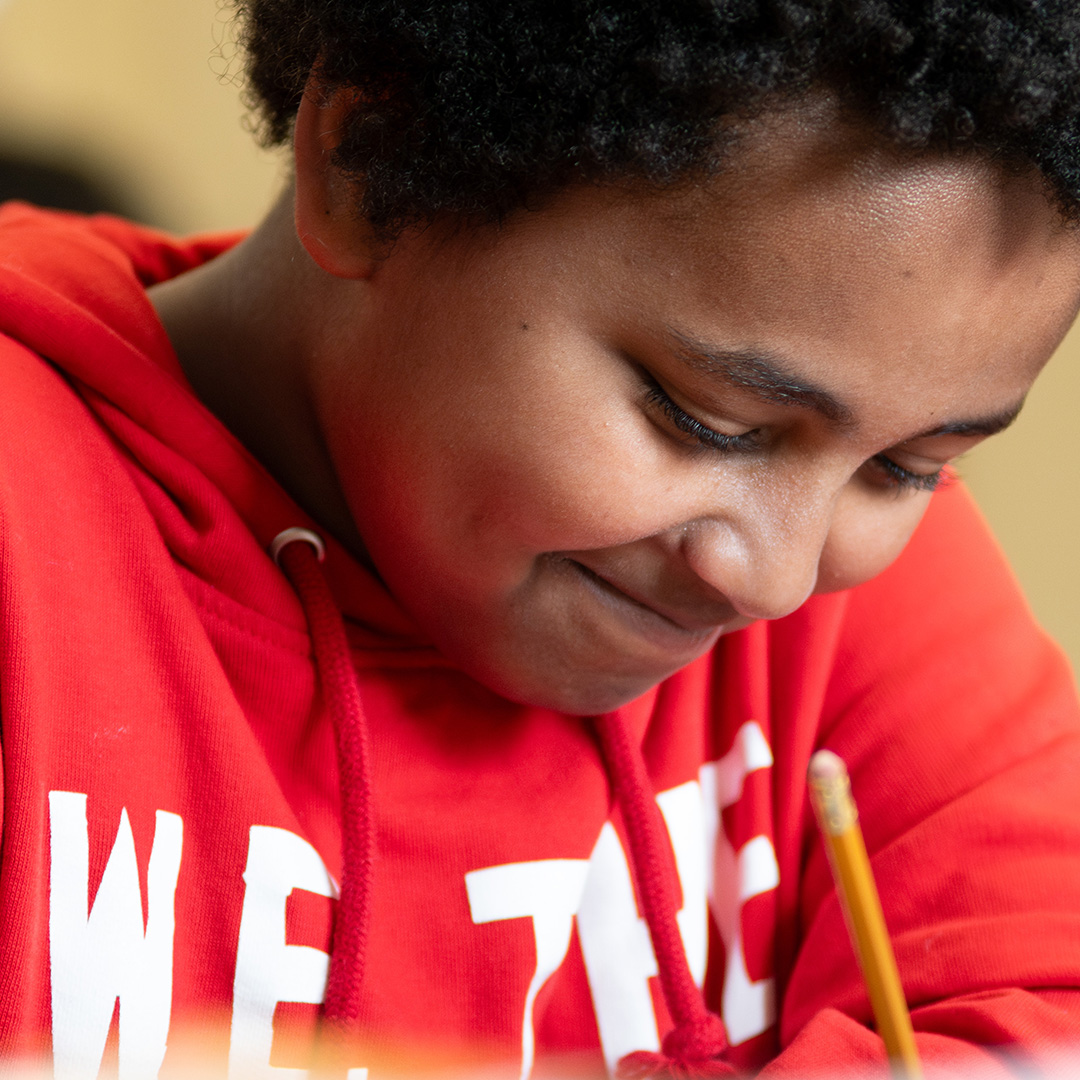In order to design an education system that meets the needs of all students, we must reconsider and retool the longstanding approaches to understanding the purpose of education and teaching and learning practices. Article 26 of the United Nations’ Universal Declaration of Human Rights states that:
- Everyone has the right to education. Education shall be free, at least in the elementary and fundamental stages. Elementary education shall be compulsory. Technical and professional education shall be made generally available and higher education shall be equally accessible to all on the basis of merit.
- Education shall be directed to the full development of the human personality and to the strengthening of respect for human rights and fundamental freedoms. It shall promote understanding, tolerance and friendship among all nations, racial or religious groups, and shall further the activities of the United Nations for the maintenance of peace.
- Parents have a prior right to choose the kind of education that shall be given to their children.
To fulfill our obligations to support education for all, we must not rely on outdated practices and philosophies that are designed to benefit some, but not all learners. For the 22nd century student, we must engage in innovative and new practices in our classrooms and workspaces to support student achievement and provide opportunities for future pathways for success.
In order to move the education system into the 22nd century, we must focus on reforming:
- Policy and Procedures
- Systems and structures
- Leadership practices
- Organizational Culture
- Stakeholder engagement
We also need to be in alignment with school boards across the province in order to meet the needs of all students we collectively serve.

“The classroom remains the most radical space of possibility in the academy.”
- bell hooks, Teaching to Transgress:
Education as the Practice of Freedom
When they graduate, WRDSB students will be:
Learning Labs
Utilizing the framework of the University of Washington College of Education’s Learning Labs, educators and education leaders are encouraged to investigate and put into practice innovative pedagogy or collaborative systemic design thinking. Try out your new ideas and see how they help to transform your classrooms, schools, facilities or workplaces and invigorate the people you lead and students and families you support.
